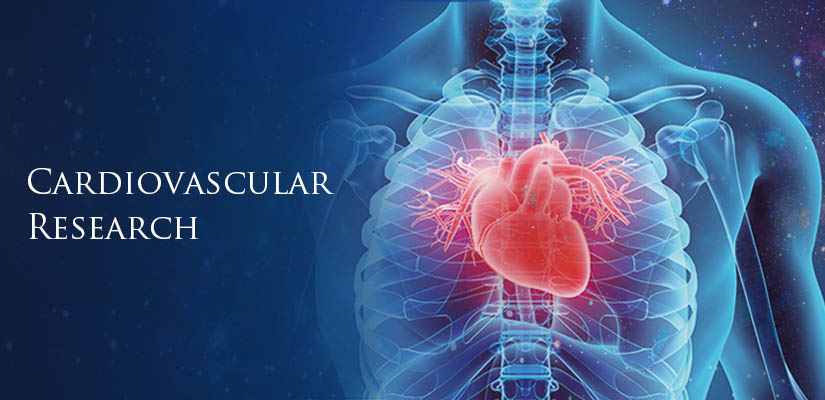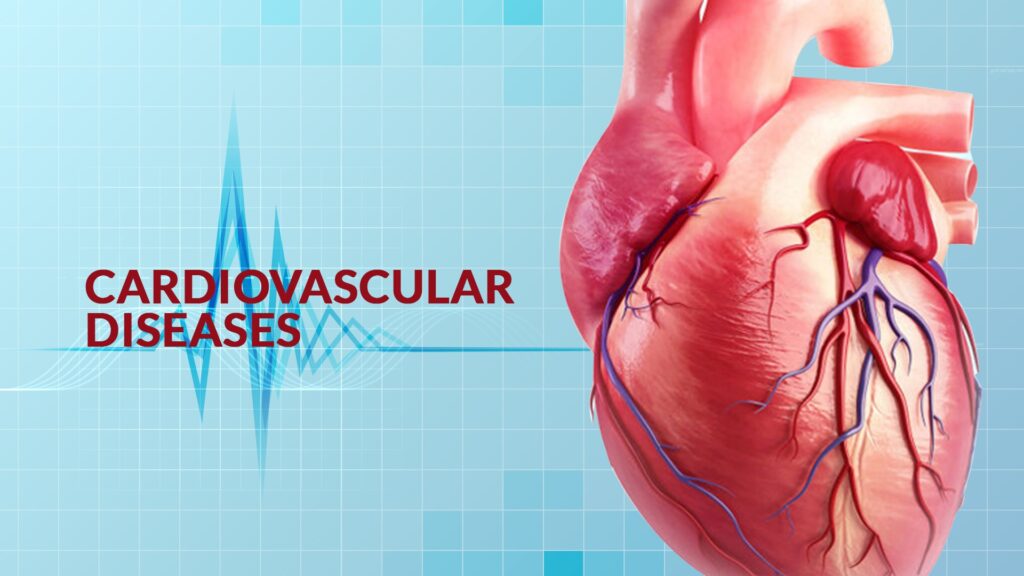
Introduction
Cardiovascular diseases (CVDs) pose a significant global health challenge, affecting millions of people every year. This article aims to provide a comprehensive overview of cardiovascular diseases, their causes, risk factors, prevention strategies, and available treatments.
What Are Cardiovascular Diseases?
Cardiovascular diseases refer to a group of conditions that affect the heart and blood vessels. These conditions can include coronary artery disease, heart failure, arrhythmias, and more. CVDs are a leading cause of mortality worldwide, responsible for a substantial number of deaths each year.
2. Types of Cardiovascular Diseases
CVDs encompass a range of disorders. Coronary artery disease involves the narrowing of blood vessels that supply the heart muscle. Heart failure occurs when the heart can’t pump blood effectively. Arrhythmias involve irregular heartbeats, while congenital heart defects are present at birth.
3. Common Risk Factors
Several factors contribute to the development of CVDs. These include hypertension, high cholesterol levels, obesity, and diabetes. Age, gender, and family history also play roles.
4. Impact of Lifestyle on Cardiovascular Health
Lifestyle choices greatly influence cardiovascular health. A sedentary lifestyle, poor dietary habits, and stress can increase the risk of CVDs. Regular exercise, a balanced diet, and stress management contribute to a healthier heart.
5. Role of Diet and Nutrition
A heart-healthy diet includes fruits, vegetables, whole grains, lean proteins, and healthy fats. This diet can help manage weight, blood pressure, and cholesterol levels, reducing the risk of CVDs.
6. Physical Activity and Cardiovascular Health
Regular physical activity strengthens the heart, improves circulation, and helps maintain a healthy weight. Aim for at least 150 minutes of moderate exercise per week.
7. Smoking and Its Effects on the Heart
Smoking damages blood vessels, increases blood pressure, and reduces oxygen supply to the heart. Quitting smoking significantly improves cardiovascular health.
8. Medical Conditions Linked to CVDs
Conditions such as diabetes and sleep apnea can elevate CVD risk. Managing these conditions effectively can mitigate the risk of heart disease.



